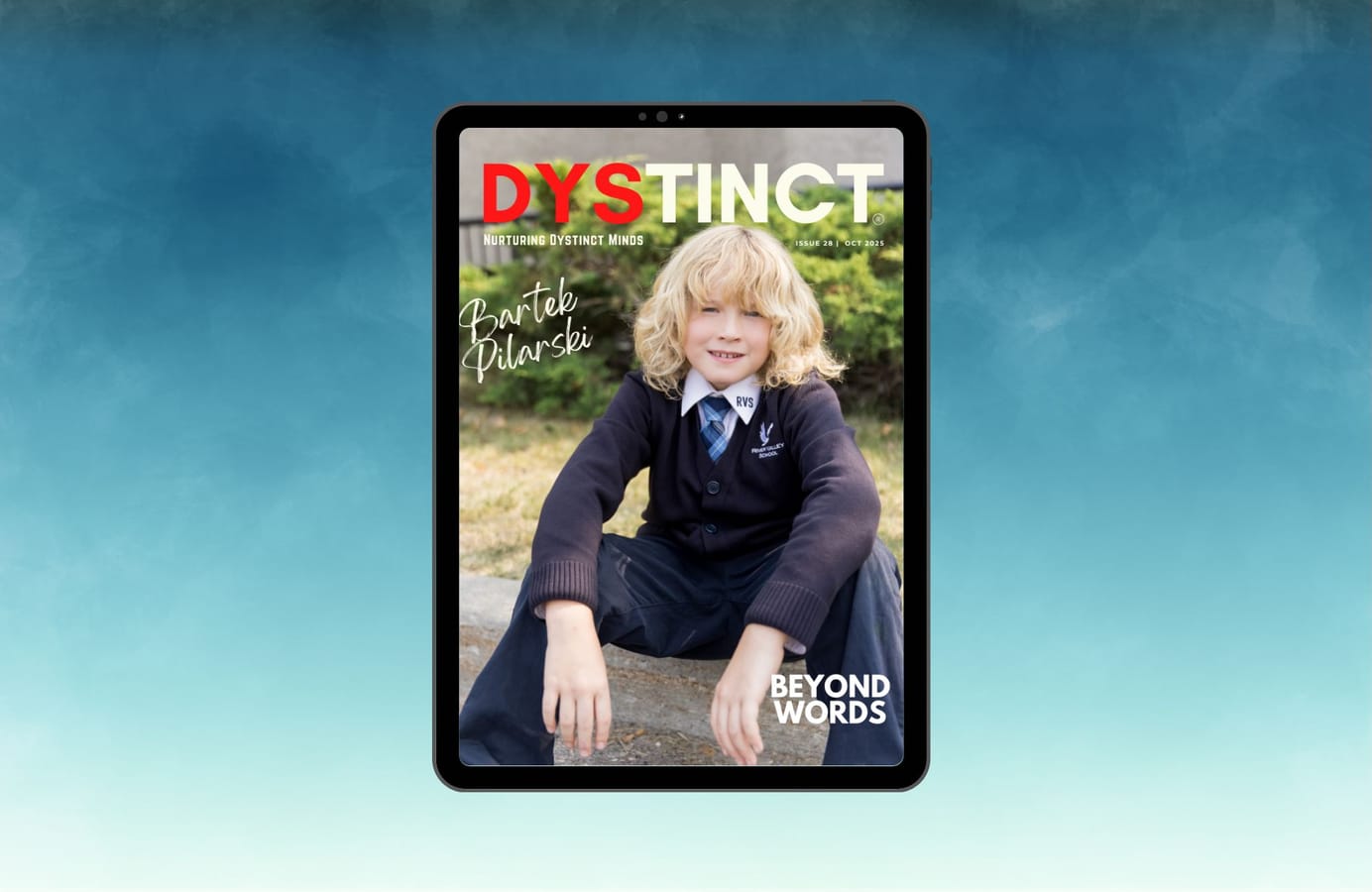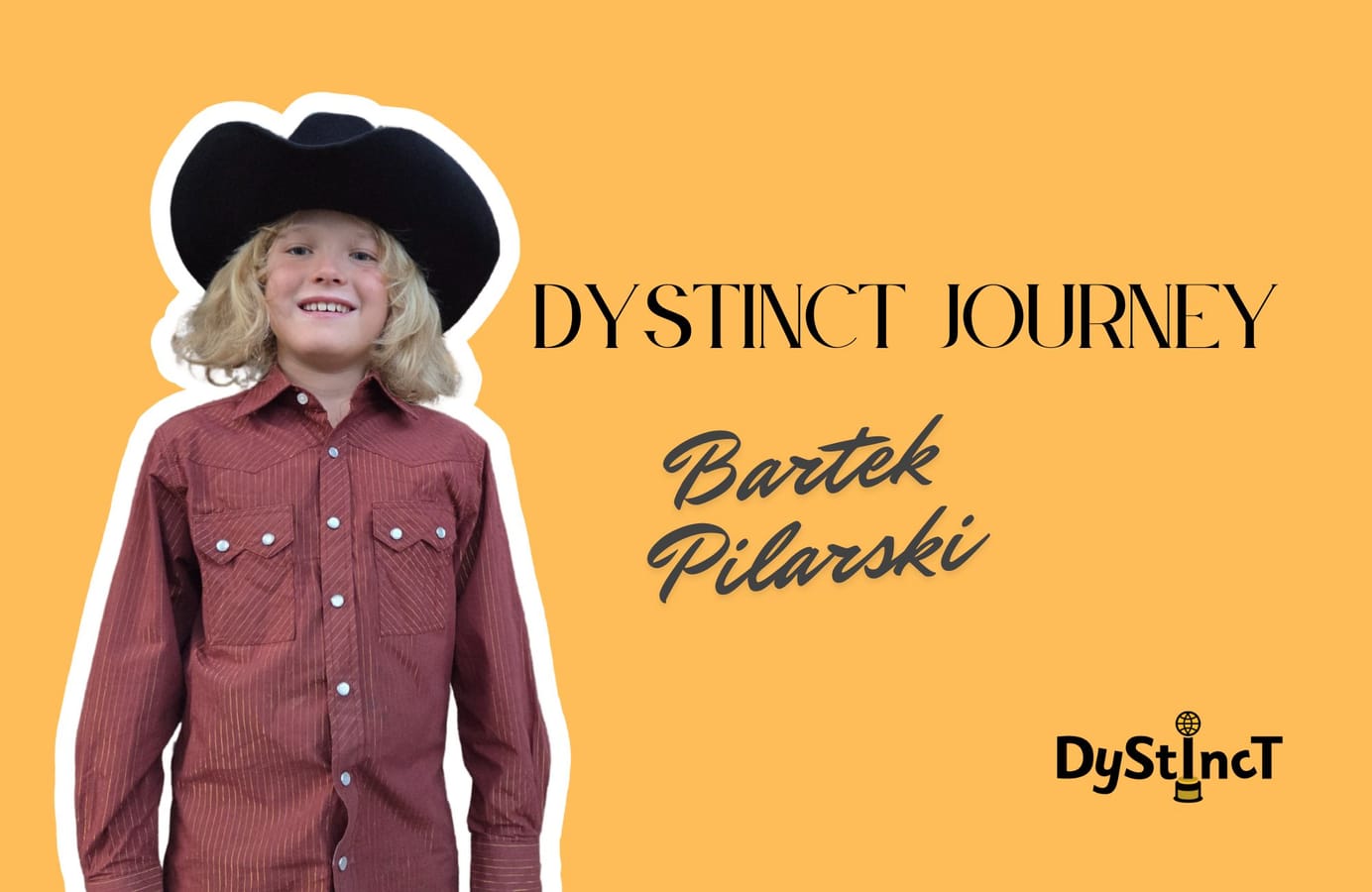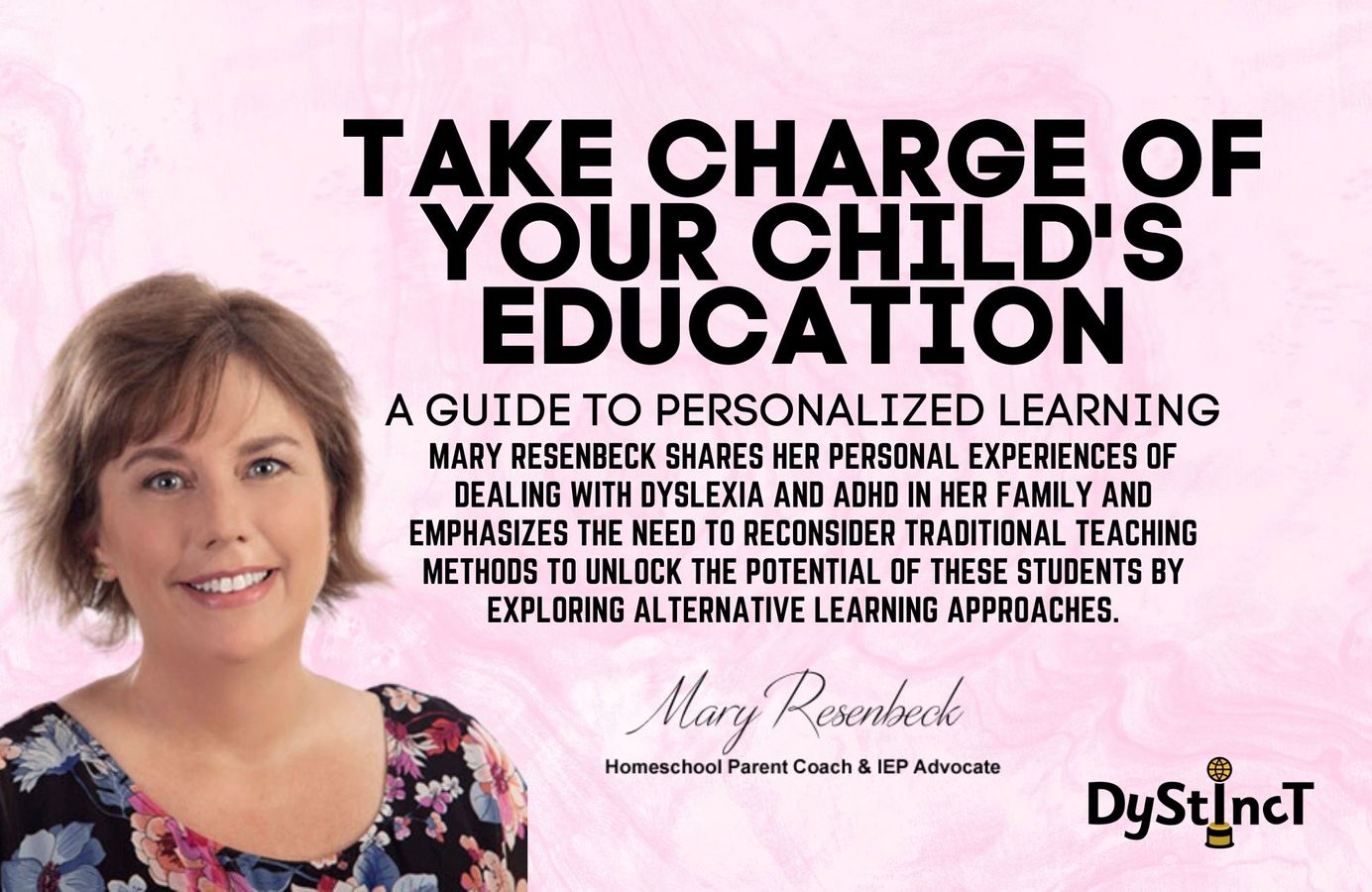
Issue 15: Take Charge of Your Child's Education: A Guide to Personalized Learning | by Mary Resenbeck
Mary Resenbeck shares her personal experiences of dealing with dyslexia and ADHD in her family and emphasizes the need to reconsider traditional teaching methods to unlock the potential of these students by exploring alternative learning approaches.
When I was a new mother, my first memory was filled with worry about the possibility of my children facing dyslexia.
My husband had struggled with this condition throughout his life, and he always reminded me to be compassionate if our children ever faced reading difficulties. He shared with me stories of his teachers who refused to recognize that his lack of progress wasn't due to laziness or slowness but rather due to dyslexia, a condition that his educators did not understand at the time. As a result, he became a target for bullying from teachers and peers, making school a traumatic experience for him.
Growing up, school was always a struggle for me too. Despite my best efforts, I couldn't keep up with the rest of my classmates. My teachers always told me I was lazy and needed to focus more. They said that if I just applied myself, I could do better. But no matter how hard I tried, I needed help to get ahead. I was constantly falling behind and feeling discouraged. It wasn't until years later that I finally discovered the root of my struggles; ADHD and mild dyslexia were the culprits. Back then, there was little understanding of these neurological differences. Like my husband, teachers saw me as a problem child who needed to try harder. Our journey was challenging, but we were determined to reach our goals. Despite our struggles, we could tap into our inner confidence and utilize our unique talents to succeed professionally. However, it begs the question: why did we need to endure such difficulties in the first place? As a mother, I was worried my children would face the same struggles in their education.
With more children being diagnosed with ADHD and dyslexia, it is crucial to ensure that we provide them with a proper, productive education. Findings from a study published in the published in the Journal of the American Medical Association (JAMA) found that the percentage of children diagnosed with ADHD in the US has risen from 6.1% in 1997-1998 to 10.2% in 2015-2016. The study also indicates that the increase in ADHD diagnosis could be due to improved awareness of the condition, better diagnosis methods, and changing societal attitudes towards the disorder. However, the study's authors warn that the increase could also be due to overdiagnosis and overtreatment of ADHD. Similarly, a report published by The National Center for Learning Disabilities (NCLD) indicates that approximately one in five Americans are impacted by learning disabilities, which can significantly affect education, employment, and healthcare access. The NCLD advocates for increased awareness and policies to support those with dyslexia and other learning disabilities to create an inclusive society that removes unnecessary barriers. The report emphasizes the importance of collective efforts in building a supportive and inclusive community for people with dyslexia and other specific learning disabilities. It is time to reconsider our teaching methods to unlock the potential of these students by exploring alternative learning approaches.
My son came into the world in 1995, my daughter in 1998, and our youngest child in 2013. Like every parent, I always wanted to ensure the best for my children. My love for them was overwhelming, and the concern about the possibility of dyslexia haunted me. So, when our academic journey began, their anxieties were also my anxieties; we were in this together. It wasn't until some time had passed that I noticed differences between my children and their peers. After testing, I discovered not only was my son dyslexic making reading a nightmare, but he also had dysgraphia, affecting his fine motor and writing skills. We found he was a phenomenal comedic actor who could memorize a script read aloud from the time he could speak. He could talk about complex topics surrounding world events starting at a young age but struggled with recognizing letters and writing his name. He often complained about the letters moving around on the page while reading. Even using scissors proved to be a painful task for him.
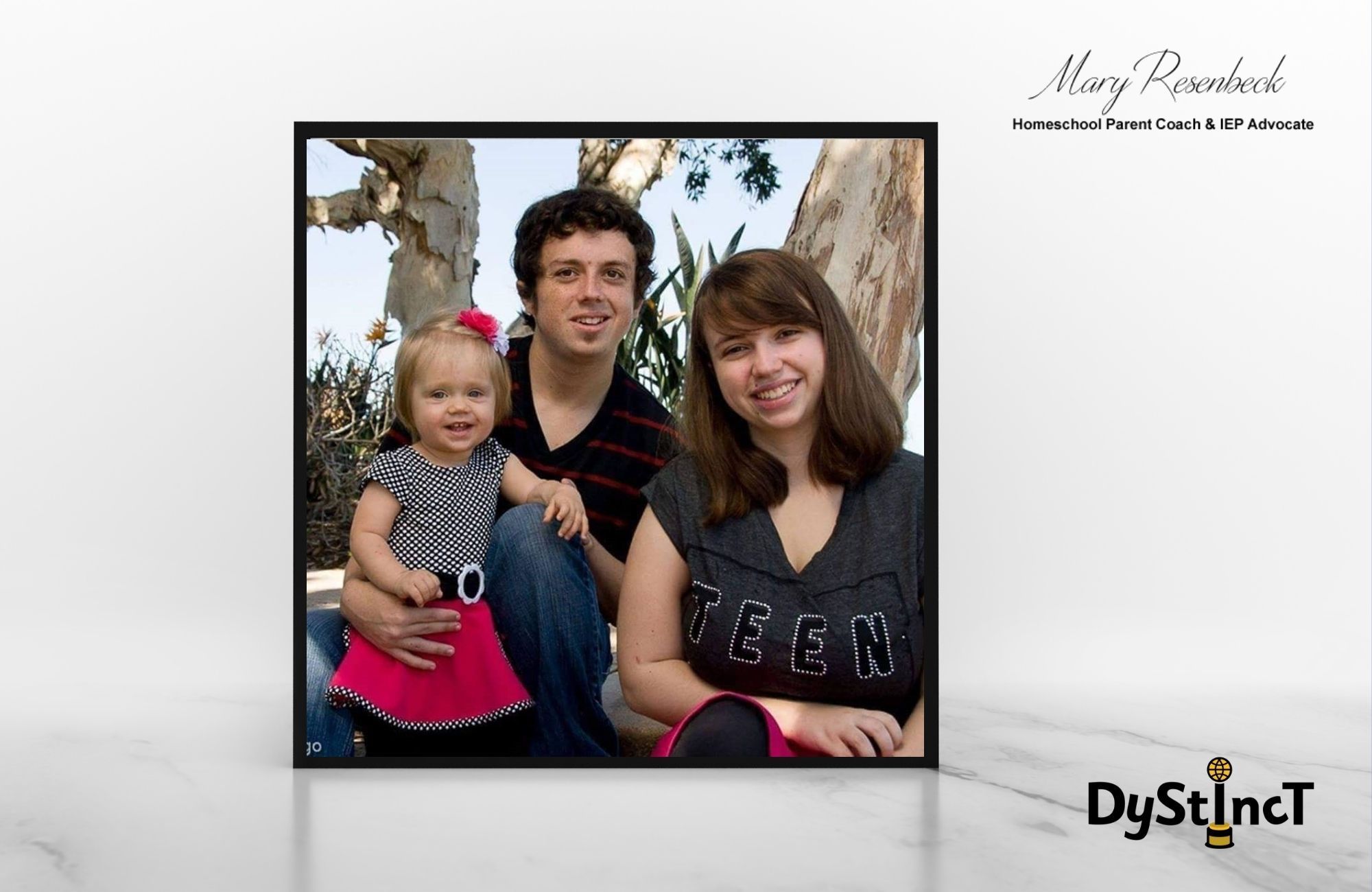

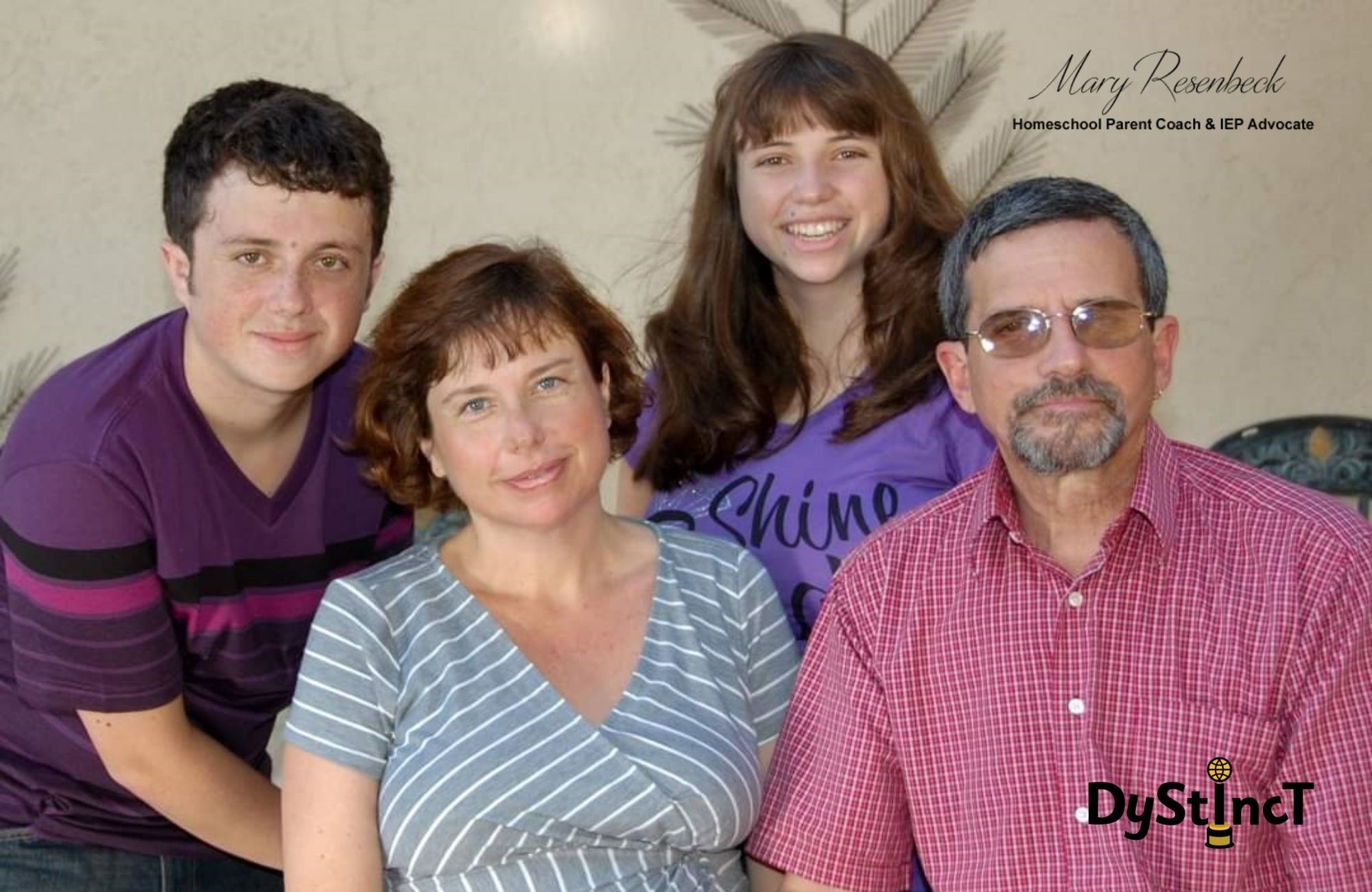
On the other hand, my daughter saw words mirrored backward and had dyscalculia, a math disability affecting many things, including motor skills and the concept of time, making traditional reading and math methods quite challenging. Despite my daughter's struggle with dyslexia and dyscalculia, her outlet for self-expression was through art; she expressed this talent from the time she could pick up a paintbrush. Her art is multifaceted, including creating sculptures, painting watercolors, and producing computer animations. However, I recognized that her exceptional artistic and verbal abilities were not enough to thrive in a standard classroom and would require special accommodations and modifications to progress and succeed.
This post is for paying subscribers only
SubscribeAlready have an account? Log in

